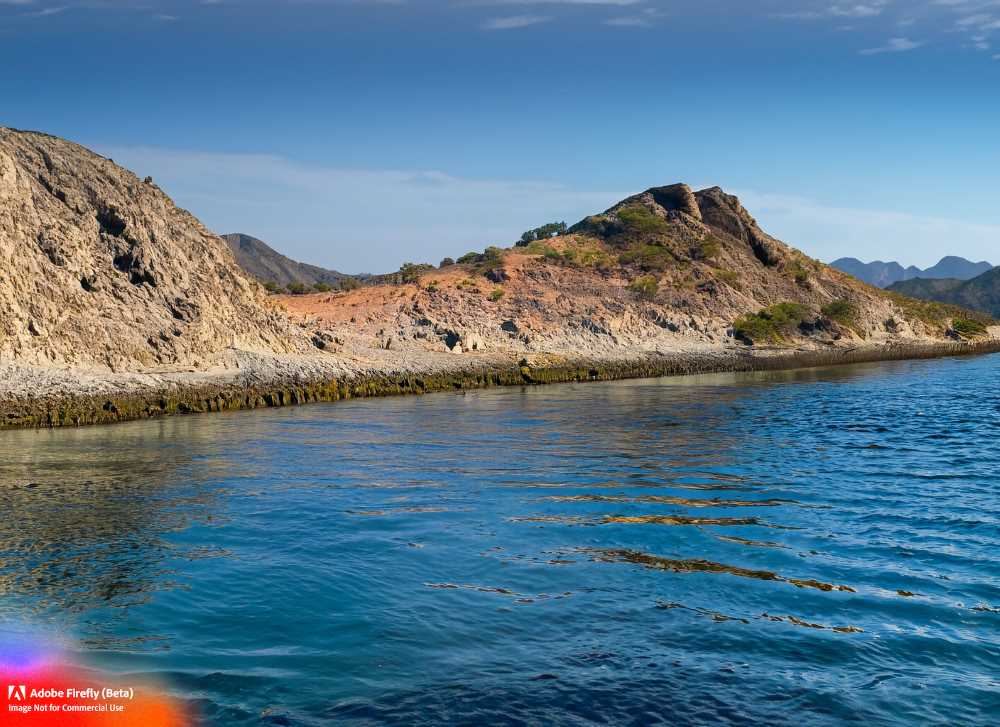Baja California Sur: A Brief History of the Independent Period
Explore the rich history of Baja California Sur during the independent period in the 19th century. From Mexican independence and American intervention to the French intervention and Porfiriato period, discover the region's political and economic changes.





